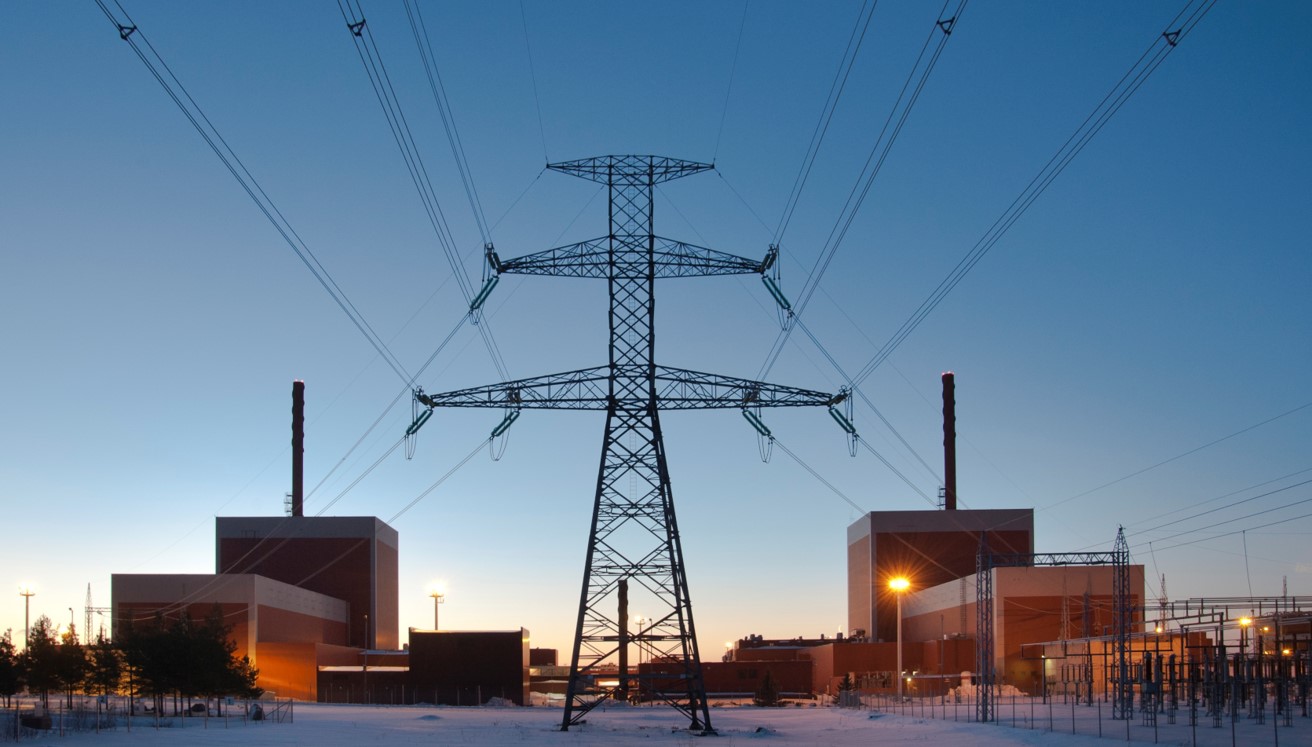
The seminar is booked up, sorry!
Subsynchronous resonance is a phenomenon in which one or more of the resonant frequencies of the turbine generator shaft in thermal power units coincides through the generator with a natural resonant frequency of the electrical system with long radial transmission network with series capacitors such that there is a sustained, cyclic exchange of energy between the mechanical shaft and the electrical system. The definition includes any system condition that provides the opportunity for an exchange of energy at a given subsynchronous frequency of the system. This exchange of energy results in torsional stress on the turbine generator shaft that can lead to severe damage. In extreme cases, the shaft can actually fracture.
Subsynchronous resonance is a very serious problem. Fortunately, it is not a problem that is encountered very often. The only widely known instance of a turbine generator failure attributable to this phenomenon was actually two failures at the Navajo Generating Station in the southwestern part of the US in the early 1970's. The phenomenon was identified as an interaction between the series capacitors in the network and torsional system.
Forsmark 3 nuclear power plant, one of three units, situated on the east coast of Sweden, in the region of Uppland, is located near long power transmission lines with series capacitors which provides the prerequisites for SSR occurring in the station. Connecting and disconnecting of the Fennoskan HVDC line at FT47 can also cause SSR. Forsmark 3 currently have a numerical SSR protection which has replaced an older analogue relay protection system without applications for handling the new operating conditions. When the SSR occurs, the protection will open the generator and excitation breaker.
At the seminar different types of the most common subsynchronous oscillations (SubSynchronous Resonance) that can occur will be described and their underlying causes. Methods used to study each type will be described along with the data requirements for each study and the kinds of results that can be expected. Methods for protection against, and mitigation of, the phenomena will also be discussed.
This seminar is arranged within the Energiforsk Grid Interference on Nuclear power plant Operations (GINO) program. The GINO R&D program aims at gaining better understanding and possibility to pro-actively minimize interference on nuclear power plant (NPP) operation due to issues in the external grid. The benefits include revised safety and assessed safety margins, avoidance of extended outages and maintenance periods, fewer unplanned shut-downs, and lower cost of component replacement.
Program
|
09.00 |
Coffee and registration |
|
09.30 |
Welcome, Monika Adsten, Energiforsk, Sweden |
|
09.40 |
Introduction, Per Lamell, Forsmarks Kraftgrupp, moderator |
|
10.00 |
Subsynchronous resonance and Torsional interaction - Background and Physical understanding, Kenneth Walve |
|
10.30 |
SSR analysis and design of SSR protection in Sweden, Per-Olof Lindström, Svenska Kraftnät |
|
11.15 |
Experiences from SSTI-studies in HVDC projects, Adil Abdalrahman, ABB Power Grids, HVDC |
|
12.00 |
Lunch |
|
13.00 |
TCSC Introduction and its capability on SSR Mitigation, Hector Latorre, ABB |
|
13.45 |
SSR Introduction and theoretical SSR amplitudes, Stefan Roxenborg, ABB |
|
14.00 |
SSR field observations, Tord Bengtsson, ABB |
|
14.30 |
Design of numerical SSR protections using ABB 670 Series IEDs Zoran Gajic, ABB |
|
14.55 |
Coffee |
|
15.10 |
Experience from the Swedish TSO in running the new protection, Håkan Eriksson, Svenska Kraftnät |
|
15.30 |
Experience from the Finnish TSO, Tuomas Rauhala, Fingrid Oyj |
|
16.00 |
Discussion |
|
16.30 |
End of seminar |
Welcome!